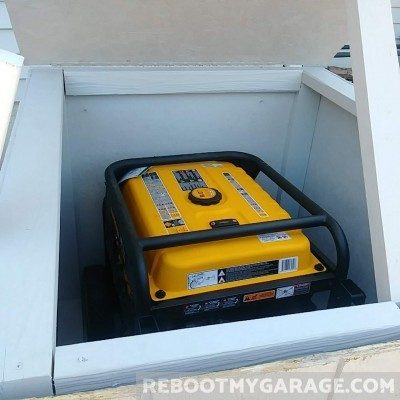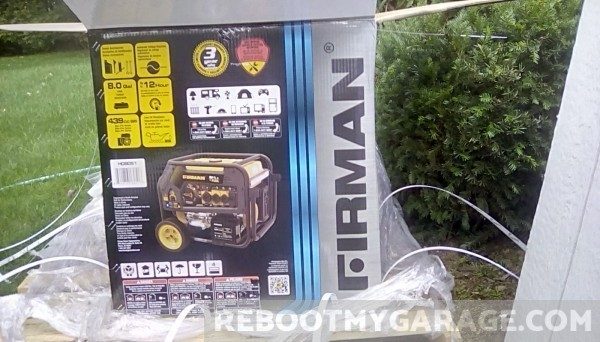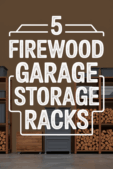
We updated out 20+ year old generator with one that’s a lot quieter. But I still wanted it out of the garage, where it took up way too much space. We thought about how to get the generator out of the garage, and this is what we came up with.
So what is the best way to store a generator so that it (1) doesn’t take up garage space; (2) doesn’t get exposed to rain and snow; and (3) doesn’t create a giant pile of noise? Put the generator in a shed that is outfitted with an air intake, an exhaust port, and noise-suppression materials. Install a lockable hasp for security. Paint the shed the same color as the house so that it blends in to the home’s landscaping.
Why Own a Power Generator?
We bought our first generator in 1999. If Y2K caused power outages, we were ready. The Y2K fizzle ended up being a blessing, though. Over the years we used the generator during many power outages. The longest use was during the ice storm in 2008. The generator sent its loud vibrations through the house for 2 entire weeks. I didn’t like the noise, even if I was grateful for the electricity.
Our Generator Was in an Annoying Garage Location
We stored the generator against the wall of the garage near the steps to the breezeway. It narrowed the path from my car to the door to the inside. If I was carrying anything, it’d hit the car or the generator, and then me. That was annoying enough not to use the door from the house to the breezeway. I had to ask myself, did the generator really belong in the garage?
The Rain, Snow and Ice Always Fell on the Generator
Generators quickly output enough carbon monoxide to kill everyone in the house. They can’t be run in the garage. Our electrician placed our garage connector near the front door. When the power went out, the generator sat out in the rain, snow or ice.
We Had No Generator Security
I guess generators are pretty easy to steal. In the south, thieves sometimes leave behind running lawn mowers when they steal running generators. The generator owner doesn’t realize that motor noise is different, allowing the thieves to get away with the generator.
Unboxing the Generator (Image Gallery)










